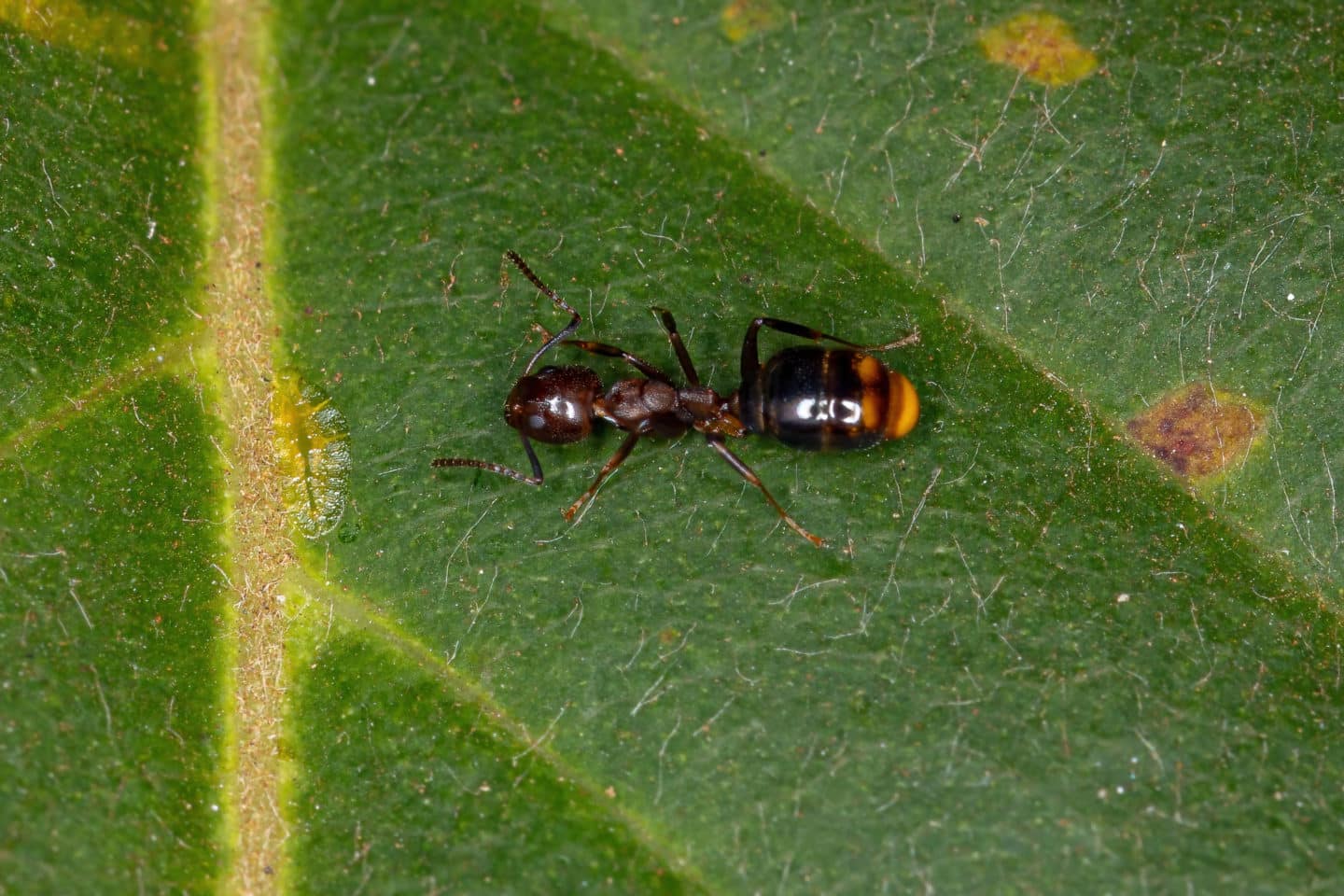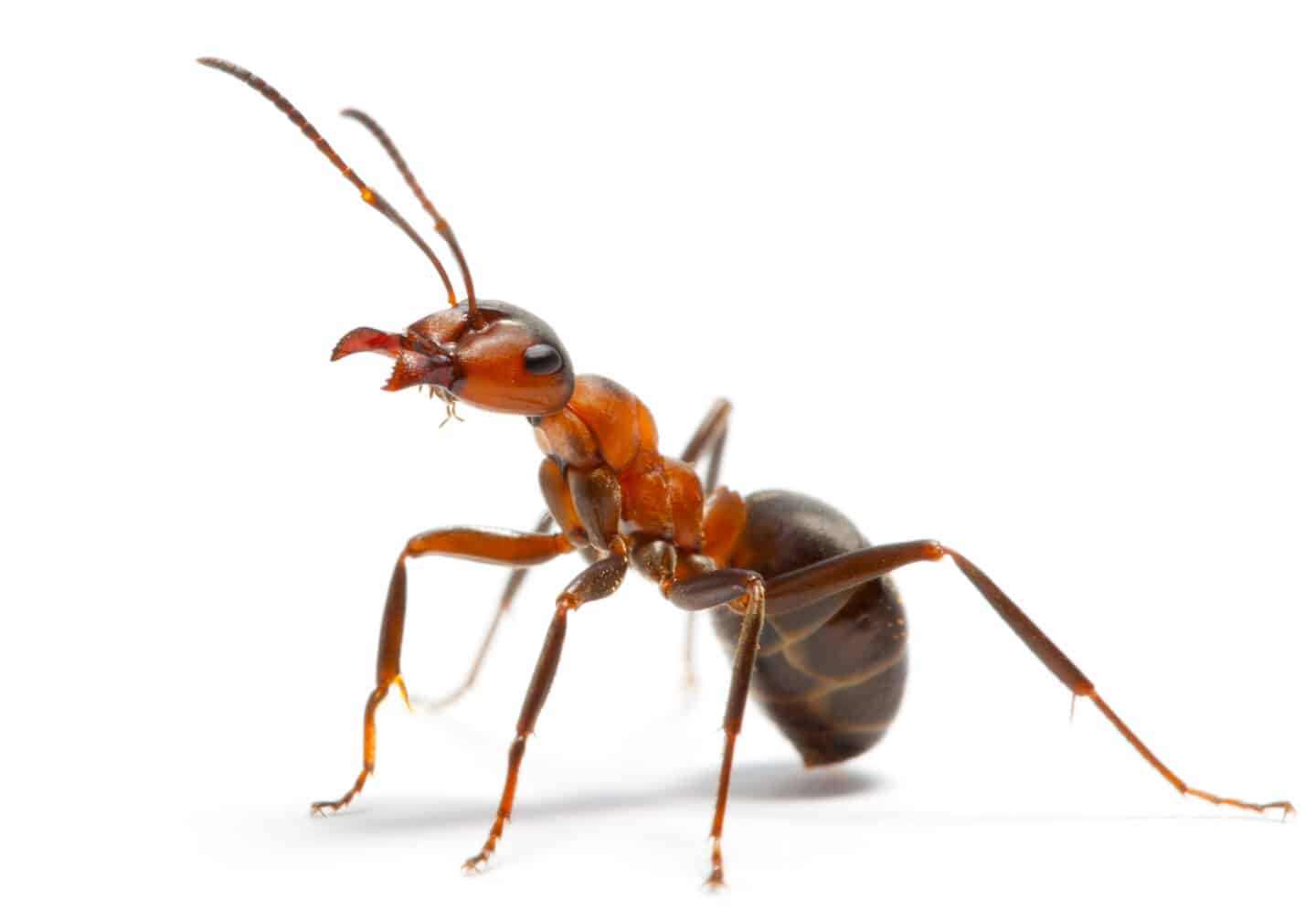Author: Kurt Treftz, Cascade Pest Control

Ants are fascinating creatures with complex societies. Delving into their amazing world can give us a new appreciation for this insect (as long as they aren’t swarming in your pantry). Understanding the secret language of ants can open our eyes to an amazing world of insect interaction – and maybe even provide some insight into how to control ants.
Scientists have discovered more than 15,000 species and subspecies of ants (and suggest that there might be more undiscovered). These abundant critters live on every continent (except Antarctica) and thrive in complex social systems.
Being social insects begs the question, how do they communicate? Ants have developed several ways to pass information among the members of their colonies. This is a good thing since some of the nests have upwards of hundreds of thousands of ants.
Even without a spoken language, ants have a variety of ways to communicate.
Five Communication Systems of Ants
Like humans, ants interact with the world through their senses. They can use these senses to communicate a variety of complex messages: warning, enticing, sharing food sources, grooming, recognizing friends or foes, marking territory, controlling rivals, influencing the caste system, and mating.

Smell
Ants use their sense of smell more than any other of their senses. These critters use their antennae to “smell” pheromones (chemicals secreted by ants to trigger a social response). These pheromones can tell ants information about the colony like who is friend or foe, where food might be found, what needs the colony might have, and what new territory they might be conquering. If you’ve ever seen ants marching along in a straight line, they are likely following a pheromone trail leading them to food or a new nest.
Sight
Although they have eyes, ants are very near-sighted, so they don’t rely on sight as much as their other senses. However, ants do use body language to communicate. In combination with the other markers (like pheromones), ants can send messages with their bodies. A raised abdomen can be like giving a thumbs up or a head nod.
Sound
While ants don’t have ears, they use organs on their legs, antenna, thorax, and head to “hear” sound vibrations. Ants make a low resonance sound by scraping with their legs on their body. These different sounds can communicate distress if a tunnel collapses so a pheromone trail doesn’t do any good. They also use sound to attract a mate.
Touch
Ants use their sense of touch to communicate as well. They might lightly stroke one another to receive information. They can combine signals from sight and smell to receive quite advanced messaging. They will often use their forelegs in conjunction with their antennas in this form of communication.
Taste
Perhaps the most interesting and unusual way that ants communicate is through taste. Ants have two stomachs. Their “social stomach” is reserved for food shared with the colony. In this process of exchanging liquids (called trophallaxis) or actual solid food, an ant regurgitates into another ant‘s mouth to communicate, share food, and identify nest mates. Many other species throw up to share food (gray wolves, vampire bats, and lots of bird species), but only ants and bees use the process to communicate as well as sustain.
Understanding Communication Systems for Ant Control
Understanding the complex systems of communication and social hierarchies within ant society can lead to better efforts to control them in our spaces.
Disrupt pheromone trails
Keeping a clean house and erasing ant trails can help to disrupt communication and prevent more ants from entering our homes. You can also override the chemical trails with natural essential oils like peppermint, tea tree, and citrus which can interfere with ants’ olfactory receptors.
Target the nest
When possible, a pesticide that ants carry back to the nest can be more effective than just killing the ant that you can see. As ants bring back information to the nest, they can communicate a warning to stay away or they can carry back a pesticide with them. As social animals ants will be touching and scenting and smelling, all ways they will can exchange a toxic chemical with those back at the nest.
Use bait effectively
If you can discover what attracts ants to your home at a particular time, you can use the bait that gets the best response. Sometimes ants are looking for sweet and sometimes for greasy (whatever the colony needs). And they will tell their nest mates about it as well. If you see a trail of ants, you can also locate your bait to encounter the most ants as they tend to stick to that same trail.
Learning and understanding the secret language of ants opens our eyes to these amazing creatures, but it can also help us keep them in their realm – the one outside our homes and businesses. If you ever need a hand controlling these social creatures, give Cascade’s ant control experts a call.
